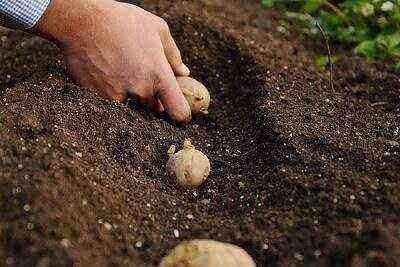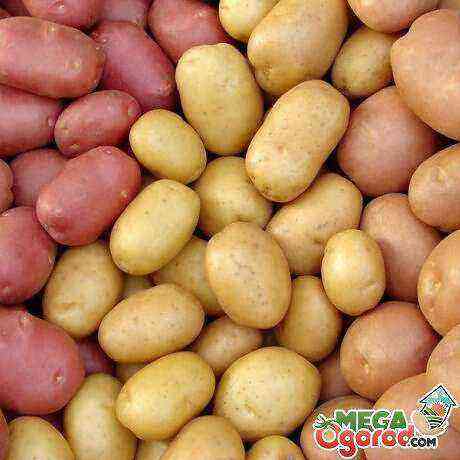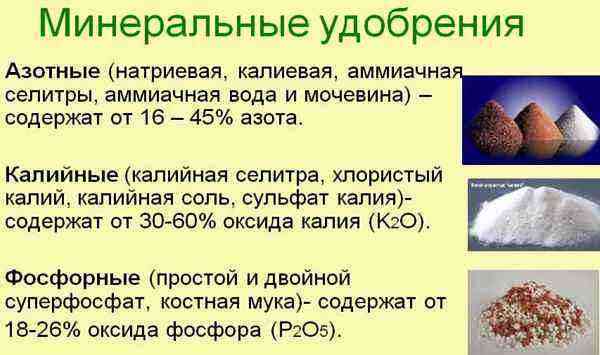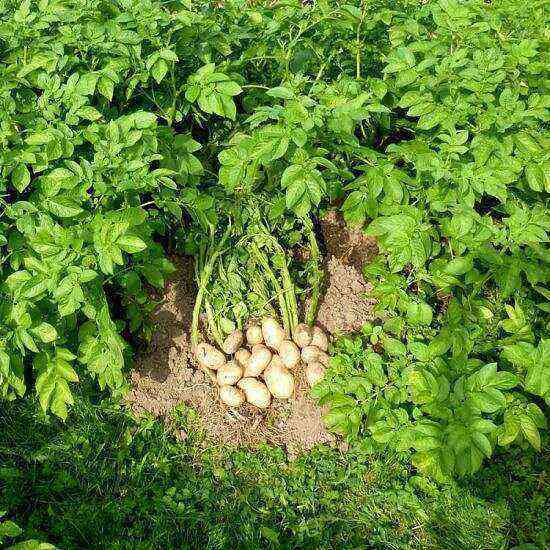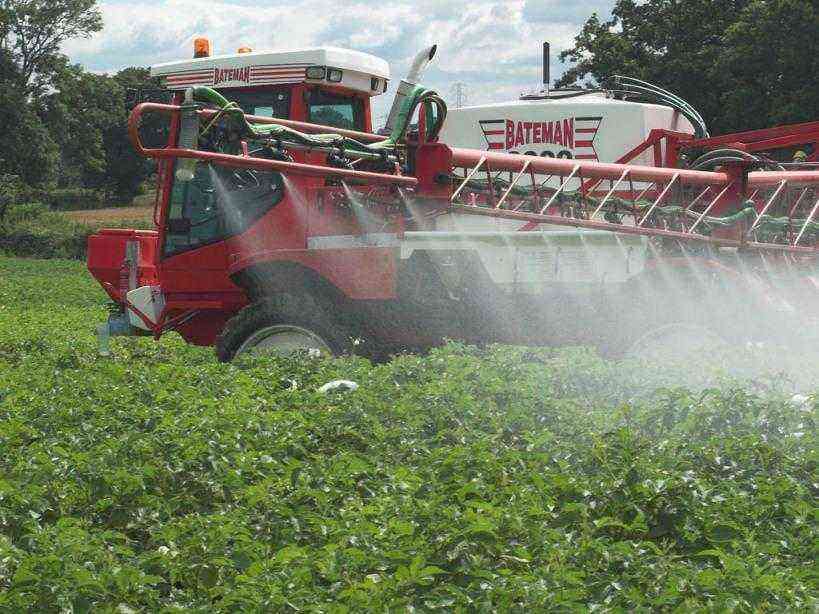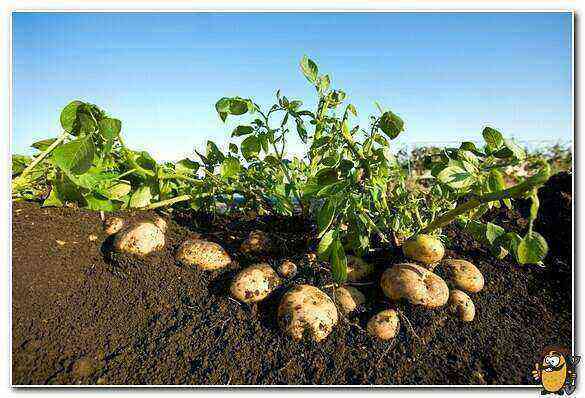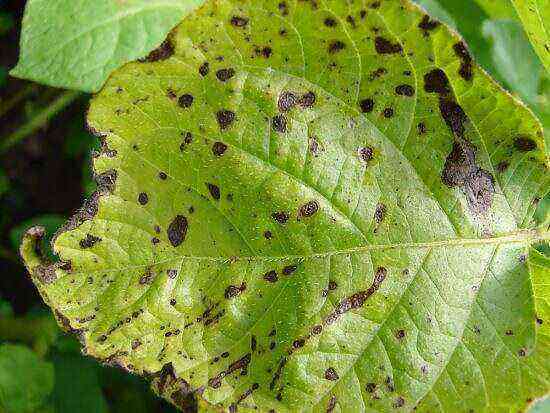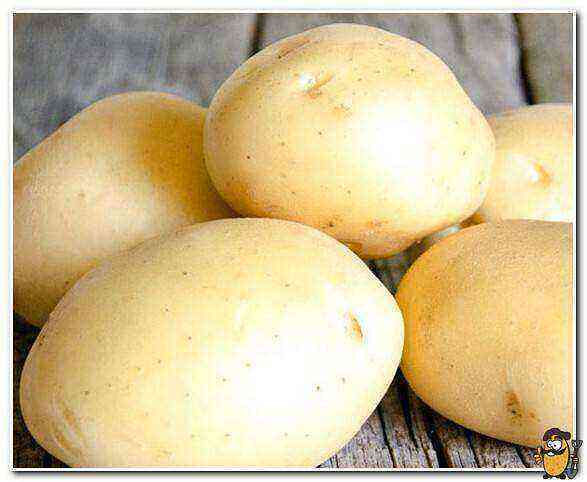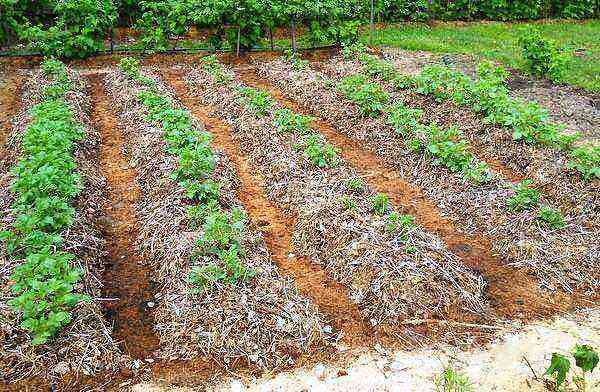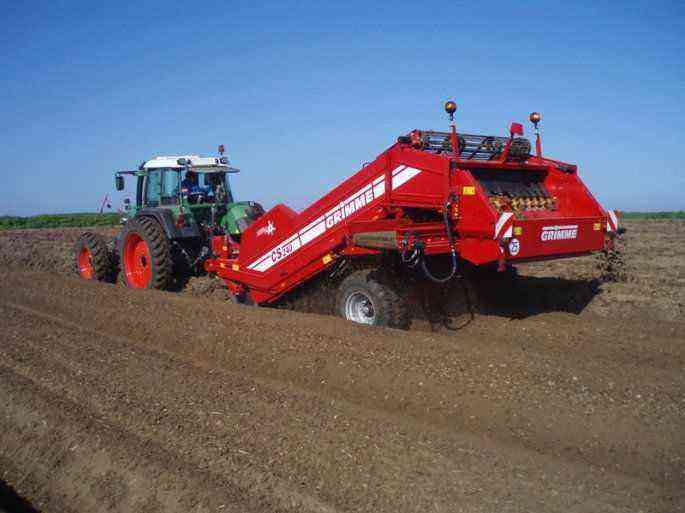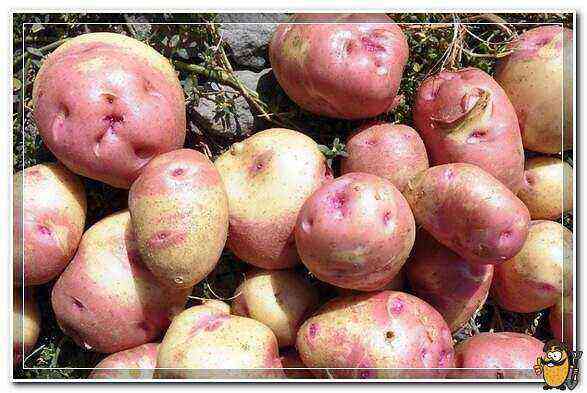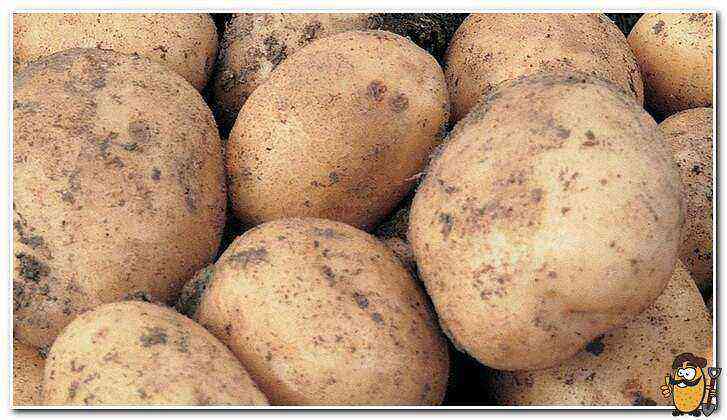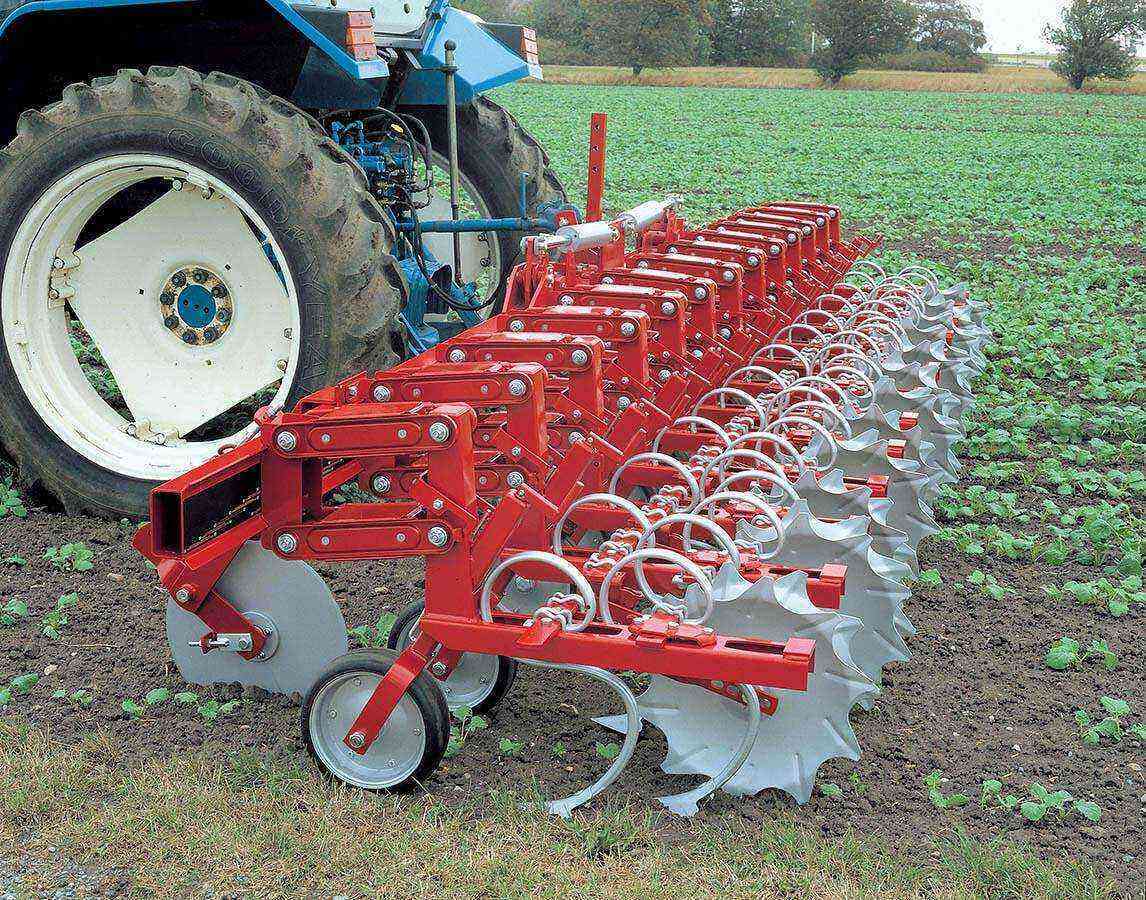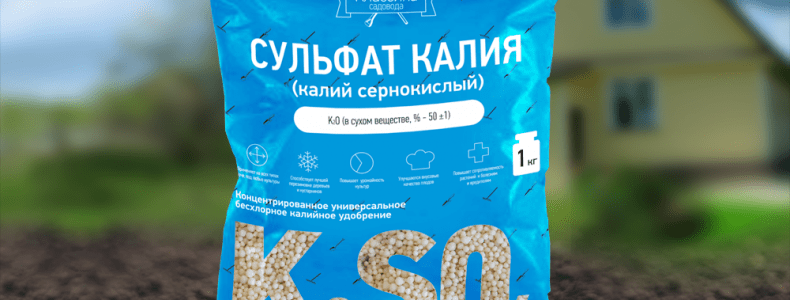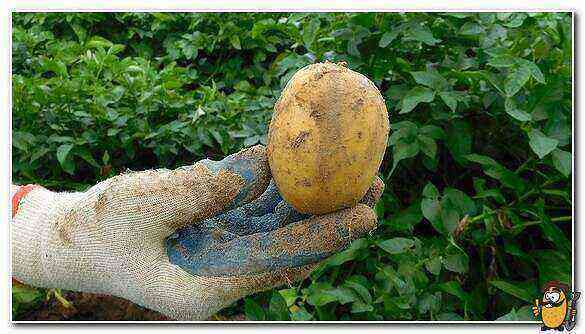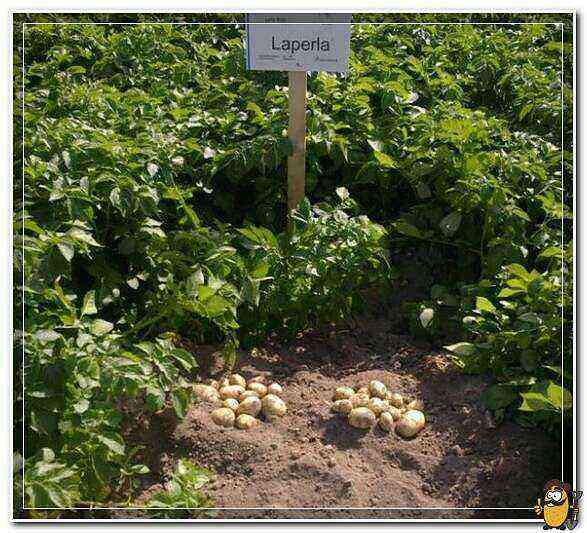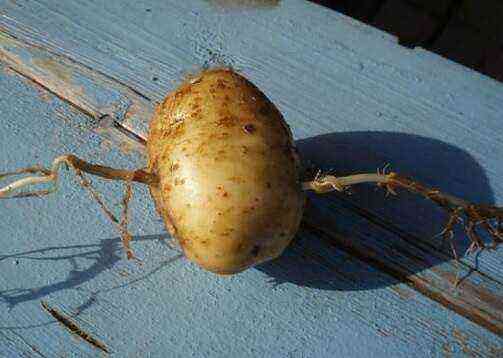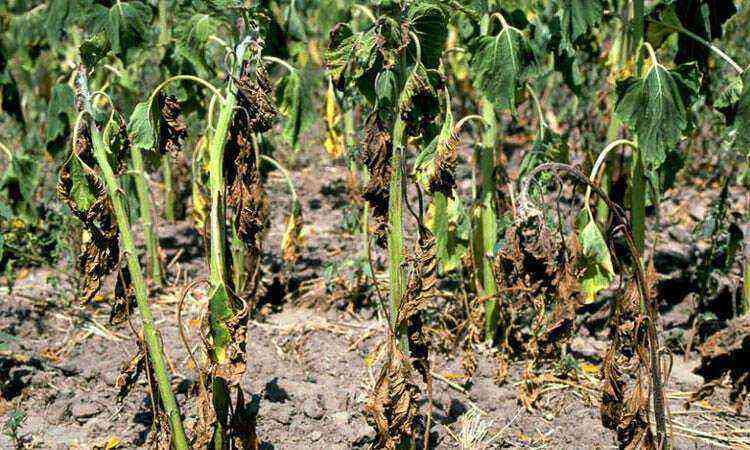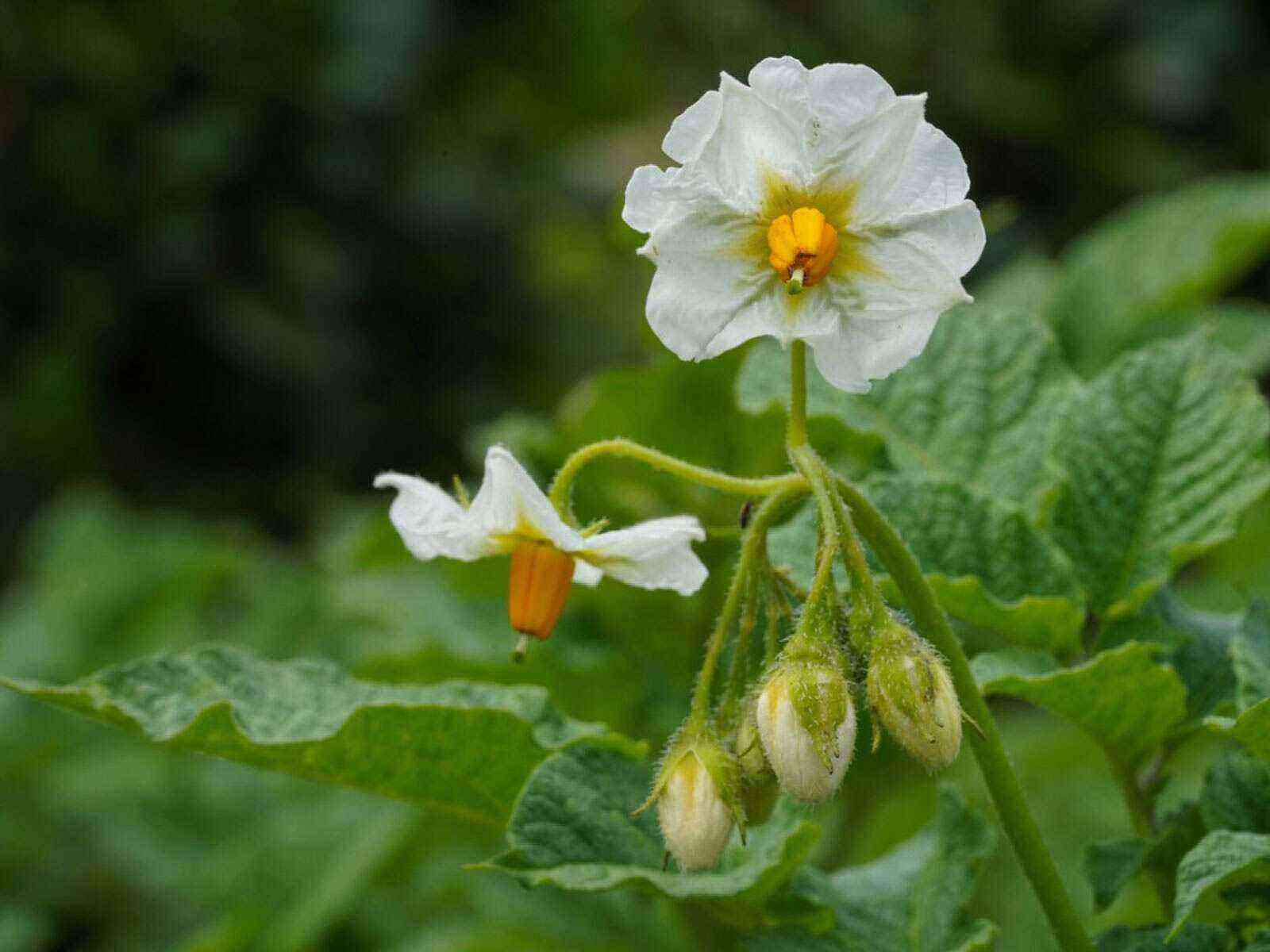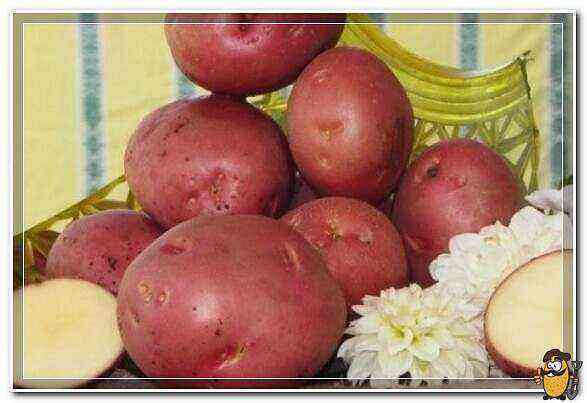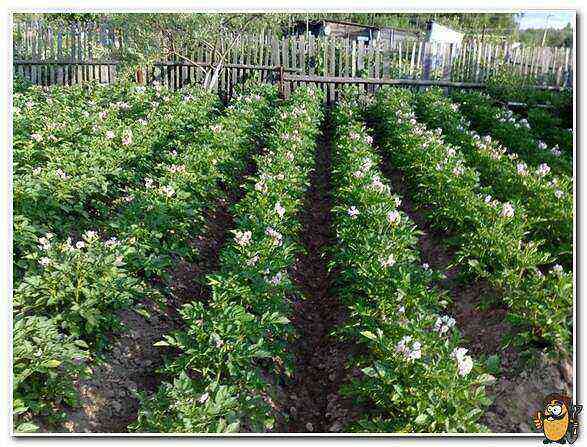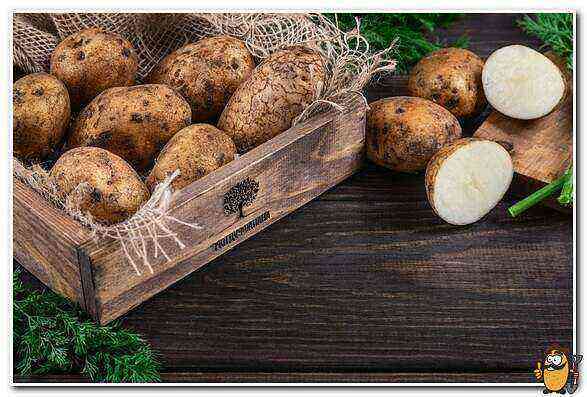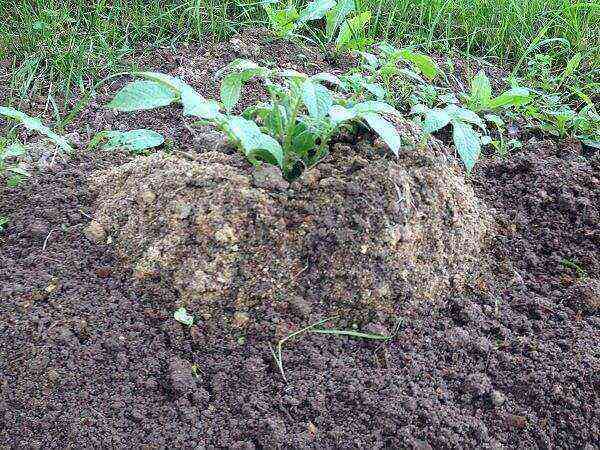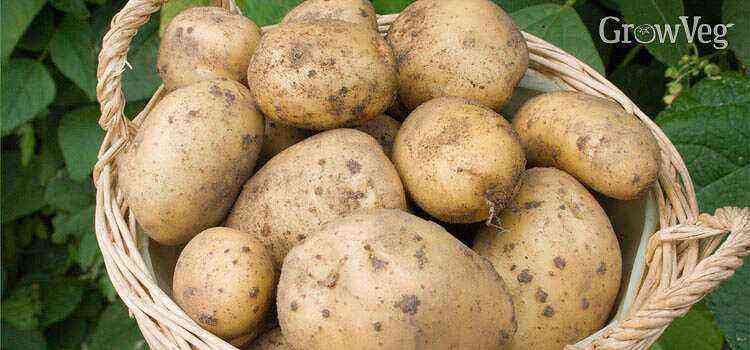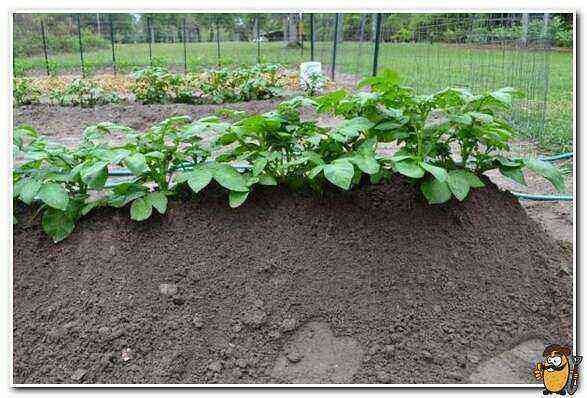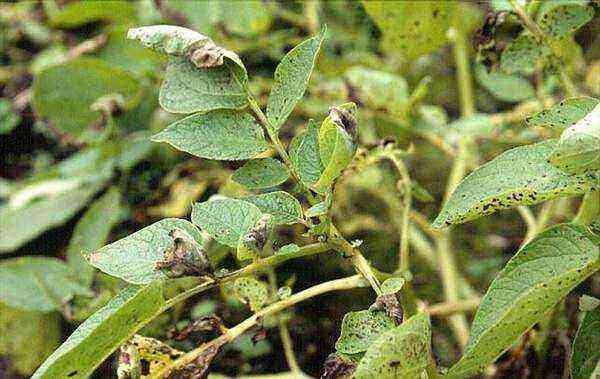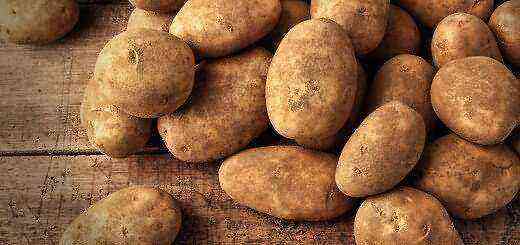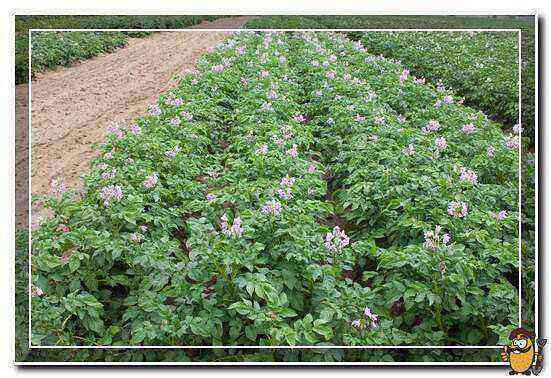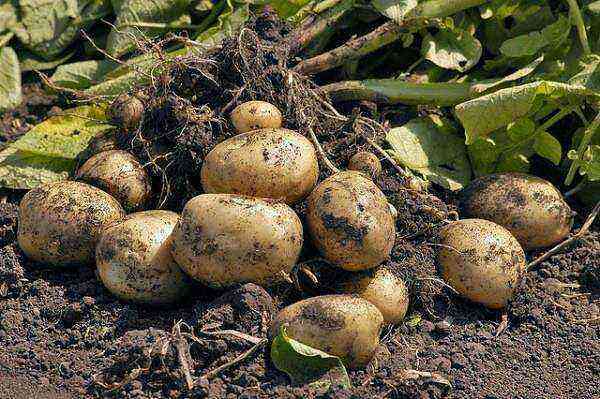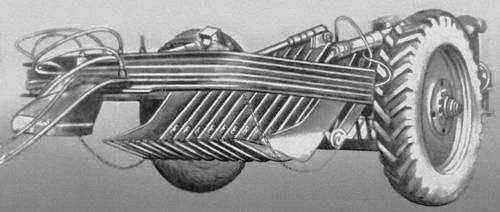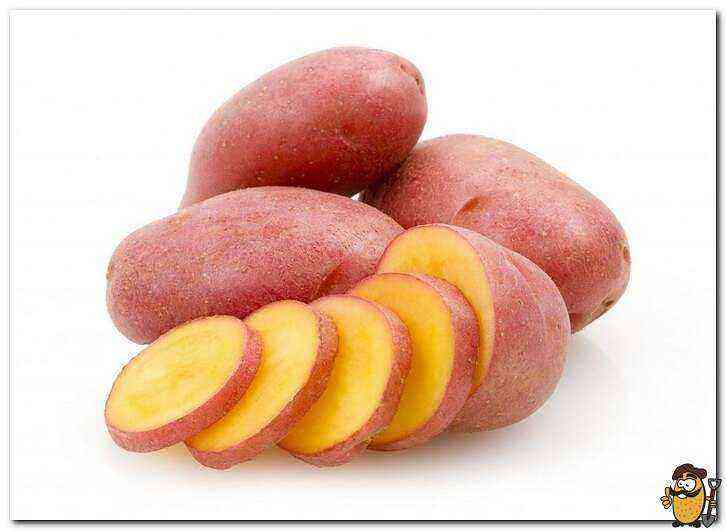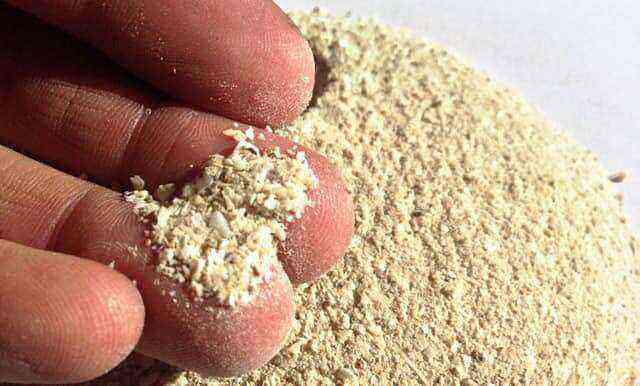There are various methods for the production of minitubers using hydroponic installations, greenhouses, greenhouses, tunnels with supporting structures to protect microplants from damage.
Plants are usually placed in pots and plastic boxes on racks or on a flat surface (in tunnel greenhouses), with the device of bulky protective structures in the form of greenhouses or greenhouses, the area of plant placement in which is limited by the space-planning solution of the room.
However, the known methods of growing potato minitubers (in greenhouses, tunnels) have low productivity, high operating costs and do not belong to the category of industrial production.
The objective of the invention is to create a biotechnological method for the industrial production of potato minitubers in a controlled protected environment, which makes it possible to effectively use the physiological capabilities of plants, to regulate photosynthetic processes, the timing and duration of various stages of the growing season.
The technical result of the invention is an increase in the productivity of the process and a decrease in operating costs, ensuring the vegetation of plants and the development of minitubers in natural environmental conditions, which allows you to maintain and strengthen the immunity obtained during the formation of healthy microplants in vitro in clean phytosanitary conditions.
The stated technical result is achieved by the fact that the method of field production of minitubers from microplants of potatoes in a protected environment, which consists in placing and fixing microplants, supplying moisture and nutrients for the development of plants during the growing season to the root and stem zones. In the course of their growing season, treatment is carried out by spraying plants with chemical and biological means of protection against weeds, diseases and pests through a protective mesh at a working solution pressure of at least 3,5 atm. The supply of water and nutrients for plant development during the growing season to the root zone of plants is carried out by means of a drip tape with emitters.
A distinctive feature of the method of industrial production of potato minitubers in the field is that a controllable (protective) obstacle is created to the possibility of vector penetration at all stages of the growing season of potato plants by using a covering material
As a result of long-term experimental practice, it was found that in the field, using the distinctive features of the proposed biotechnological method of industrial production of potato minitubers, it is possible to significantly increase the productivity of the process and reduce operating costs, as well as, through the use of a protective net, create a protected zone that ensures the development of plants in favorable conditions. conditions of the natural environment (without the influence of pathogens) and obtaining healthy offspring with increased resistance to the environment.
The network has the ability to finely disperse rain streams, protects plants and ridges from mechanical influences (wind, rain, heavy rain, hail), and also protects plants from sunburn, reducing solar radiation by 20-30%.
The collection of minitubers that have reached the standard size is carried out after desiccation at the end of the growing season. At the end of the growing season, an average of 4,7 pieces are obtained from each plant. tubers weighing 27 g.
The developed technology makes it possible to organize industrial production of potato minitubers (1-2 growing seasons per year) in large volumes (millions of pieces per year), which, according to the totality of features, allows it to be classified as industrial. At the same time, as a result, more than 4 pieces of full-fledged (comparable to greenhouse) potato minitubers weighing from 20-40 g each, from 40 pieces are collected from each plant. plants from each 1 m2 of planting area during one growing season; allows you to realize the physiological capabilities of plants; without limiting photosynthetic processes; fits into the terms and duration of the growing season of all varieties of different ripeness of potatoes, creates the opportunity to industrially produce potato minitubers in various climatic zones, including those with a high degree of spread of disease vectors; reduces operating costs compared to greenhouses, tunnels and supporting structures to protect microplants from damage.
